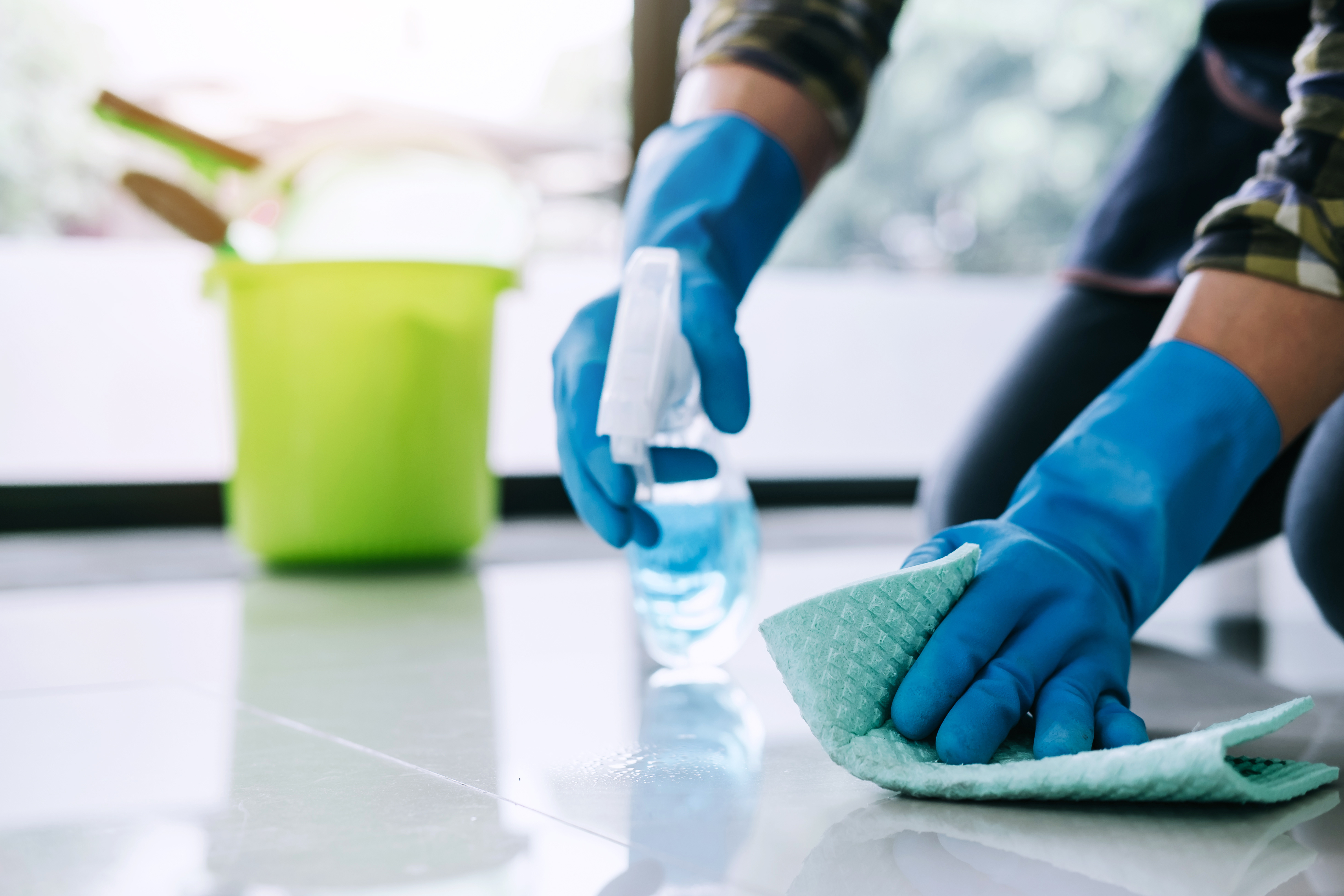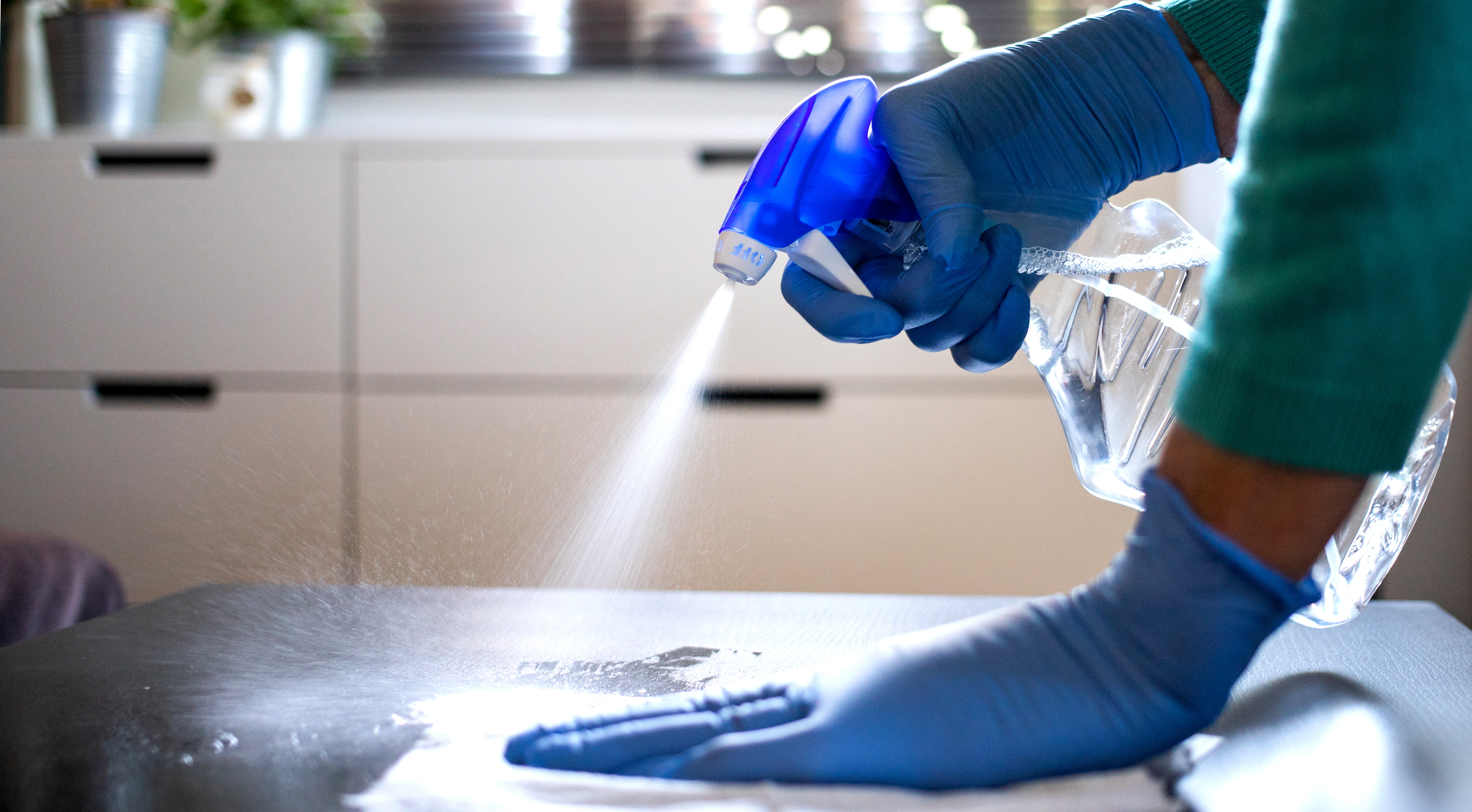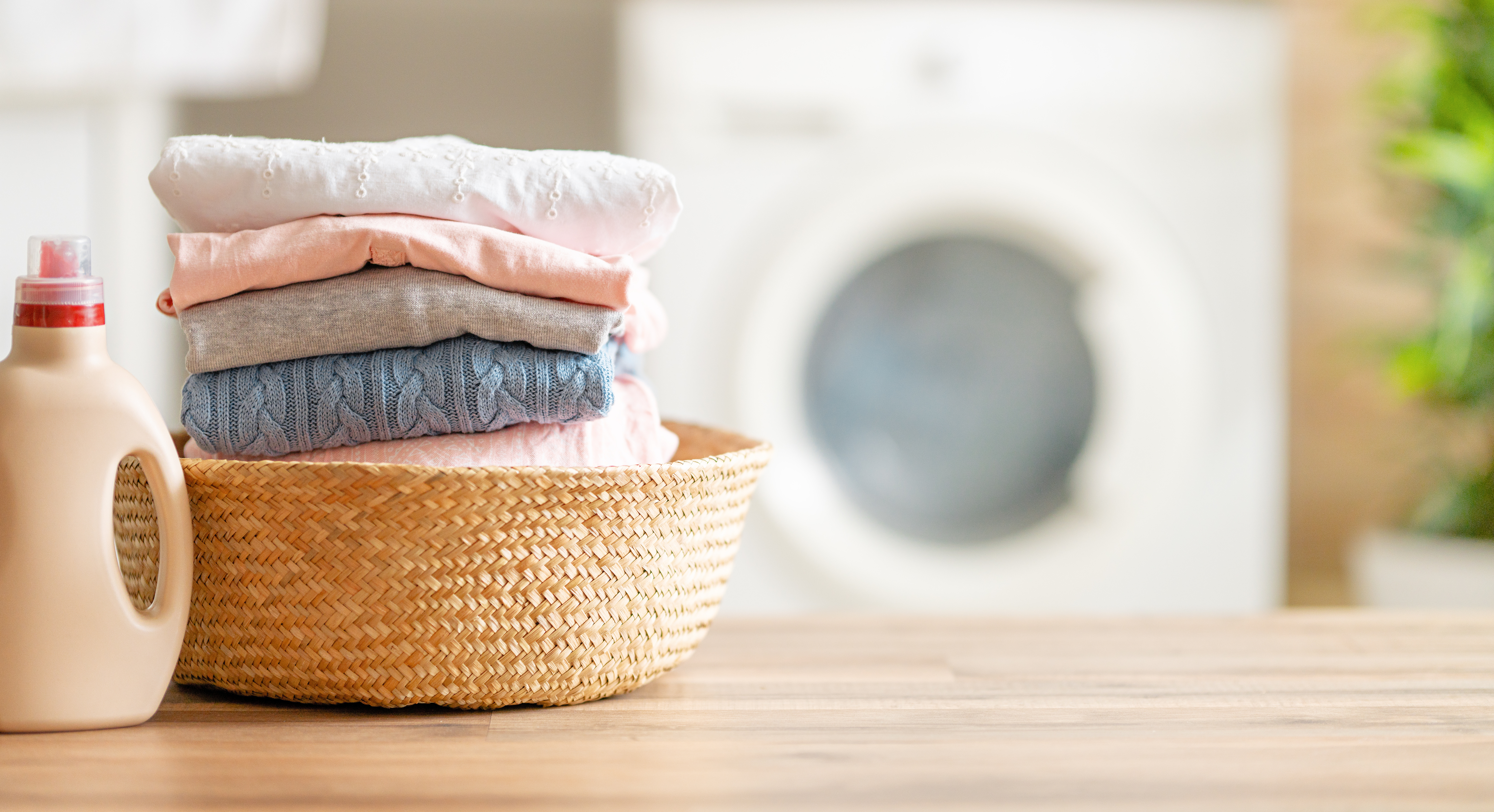
- ...
- Blog
- Operations 101: Paying your Cleaners

Welcome to the second installment of Operations 101: Paying your Cleaners. Over the next 3 weeks, we’ll share insights for you to consider as you focus on improving your business’ operational efficiency. We’ve enlisted the help of industry veteran, Steve Craig who will be weighing in from his 42 years of experience building world-class housekeeping teams.
|
Simplify your cleaner payments |
How to determine pay for short-term rental cleans
Determining pay for short-term rental cleans is a difficult task for many reasons. There are typically two ways to pay for cleans: hourly and piece rate. Like many areas of this business, there are differing opinions on which is the best way to go and there are pros and cons to each.
Hourly: With this solution, the cleaner is paid for the duration of the time it takes to clean the unit.
Pros: This type of pay is typically easier to track.
Cons: Since the cleaner is paid for the duration of their job, they are not incentivized to work quickly and, therefore, may be less productive. If there is a callback, you have to pay them to come back and fix the work (effectively paying them to do the work twice).
Piece: There is a set price to clean the unit, based on size and complexity, regardless of how long it takes.
Pros: If the cleaner is skilled, they can complete the job quickly and take on more work, thus increasing their income. However, if the job is done poorly, they must return to correct it with no additional compensation so they are incentivized to do the work correctly the first time.
Cons: Since they are paid by the job, sometimes quality may suffer.
Depending on where you’re located and your proximity to a large labor market, what you need to pay to recruit competent housekeeping staff may vary greatly. To ensure you’re getting the best cleaners in your area, you want to be the ‘company of choice’ for housekeeping, which often means you pay the highest rates.
How to determine piece rate
If you do decide to pay a piece rate, you need to understand that the rate for every unit will be different. A two bedroom, two bath unit with carpet will be easier to clean than the identical unit with hard surface floors.
- Calculate the points for each unit using the table below. The points can be adjusted higher or lower depending on the complexity of the home.
- The total is how long it will take to clean the unit.
- Divide that number by 60, and that is the number of hours.
- Multiply that number by the average wage you want housekeepers to earn, and you have the piece rate for the cleaning.
- You can add minutes to constitute mileage and/or gas per your discretion (travel time, etc).
Here’s an example: 75 minutes is 1.25 hours. If you want them to average $20 an hour, the piece rate would be $25.
|
Area of the House |
Cleaning Points |
|
Bedroom |
5 |
|
Half Bath |
6 |
|
Small Bathroom |
10 |
|
Large Bathroom |
12-18 |
|
Hard Surface Floor |
10-20, depending on size (not including bathroom) |
|
Kitchen |
10-30 (depending on size and complexity). Add 10 if there is no dishwasher |
|
Extra Rooms (not bed/bath, kitchen, living or dining rooms) |
5 |
|
Living or Dining Rooms |
7 |
|
Excessive Clutter (knicknacks) |
10 |
|
Vacuuming |
2 (small rooms), 5 (large rooms) |
|
Bunkbeds or trundlebeds |
5 |
|
Making beds with linens |
3 |
|
Fireplaces |
3 |
|
Glass doors (2 panes), wet bar, glass wall |
3 per slider |
|
Each floor greater than 1 |
5 |
|
Decks (wiping down furniture) |
5 |
|
Garage |
5 |
|
Exterior Cleaning (shower, trash removal) |
5 |
|
If the cleaner uses their own vehicle |
10 |
|
If the cleaner removes linens from the property |
10 |
How to motivate housekeepers
Remember that to attract the best cleaners, you need to pay well, and many housekeepers view what they earn for the day, not per job. You want to consider their travel time and the total composition of their day in their compensation.
Offering incentives to cleaners is a great way to create excitement and build morale across the team. Running contests and internal challenges can drive competitiveness amongst teammates and create attention to detail in the throes of the season. Often, in this part of the business, most of the feedback comes in the form of critiques, so creating an environment with positive recognition and fun goes a long way in getting more out of employees. Not to mention, appreciation for hard work and small acts of kindness are often easier to achieve. Many companies regularly throw appreciation lunches, ice cream socials, or provide bagged lunches and/or cold drinks for their teams during busy summer days as a way to say thank you for their hard work.
How to pay cleaners using Breezeway Payments
Ensuring your teams get paid in a timely manner is very important, as it helps develop a trusting and reliable relationship with your team. With Breezeway Payments, you can now easily pay cleaners for completed tasks in Breezeway and customize compensation based on hourly or piece rates.
|
Simplify your cleaner payments |
Be sure to check back next week, where we’ll talk about the standards you should develop for your company, including Standard Property Appearance. In the meantime, if you have specific housekeeping questions, please feel free to email community@breezeway.io, and we’ll cover them in a future post!
Ready to diversify your rental portfolio?
Streamline operations for short-term rentals and multifamily residential units with Breezeway's automated work coordination and guest experience tools to ensure guests and tenant satisfaction.
More from the Blog
Visit the blog


